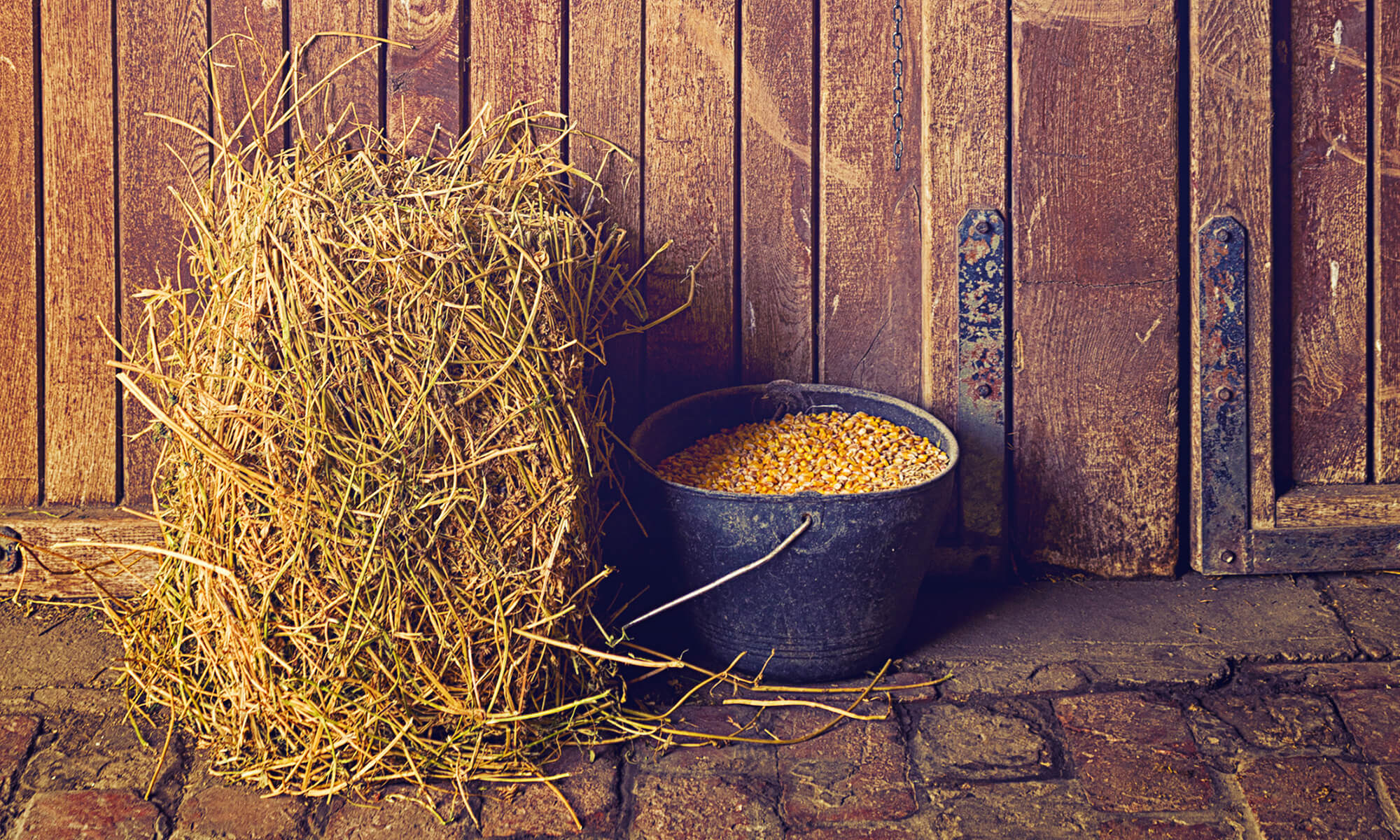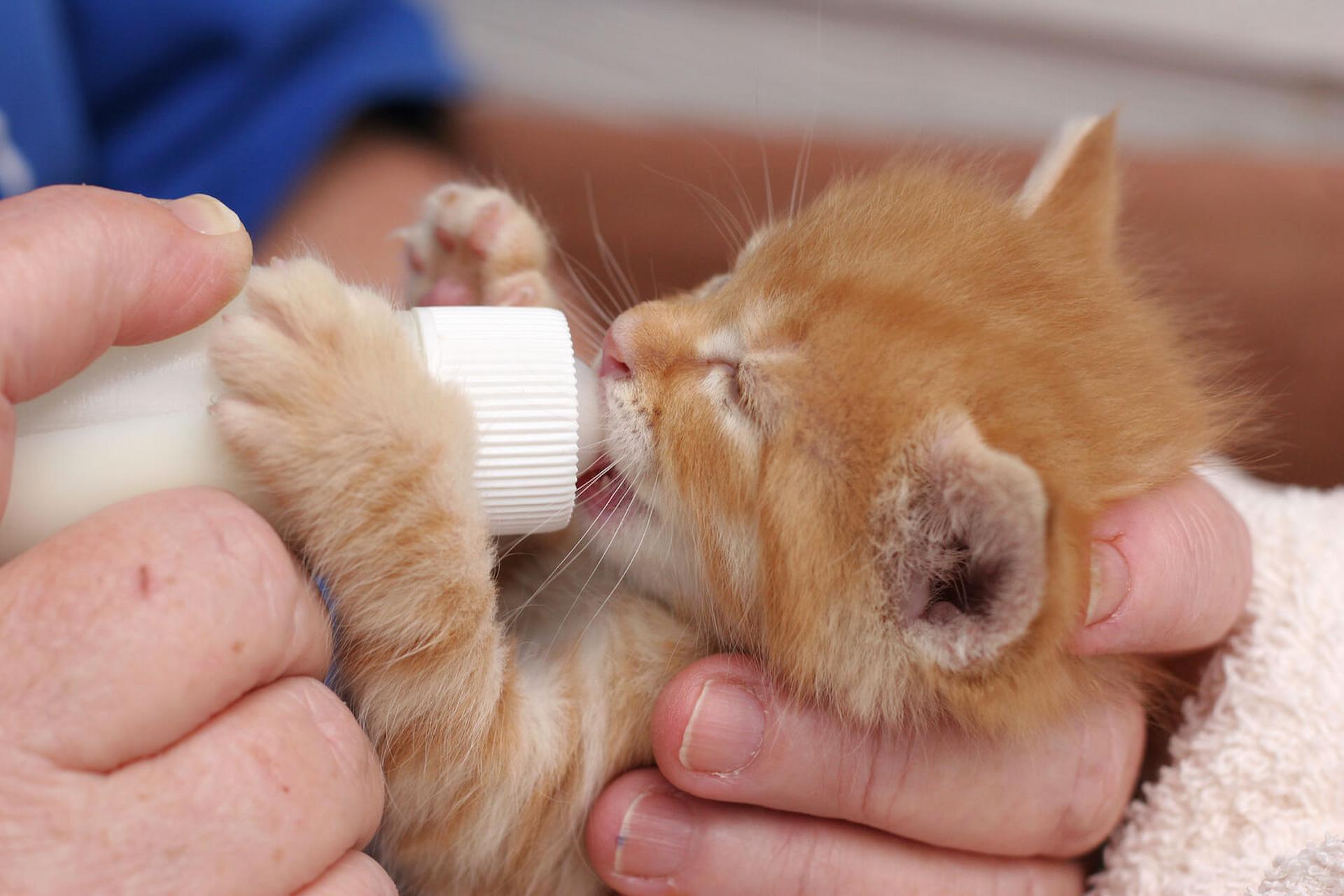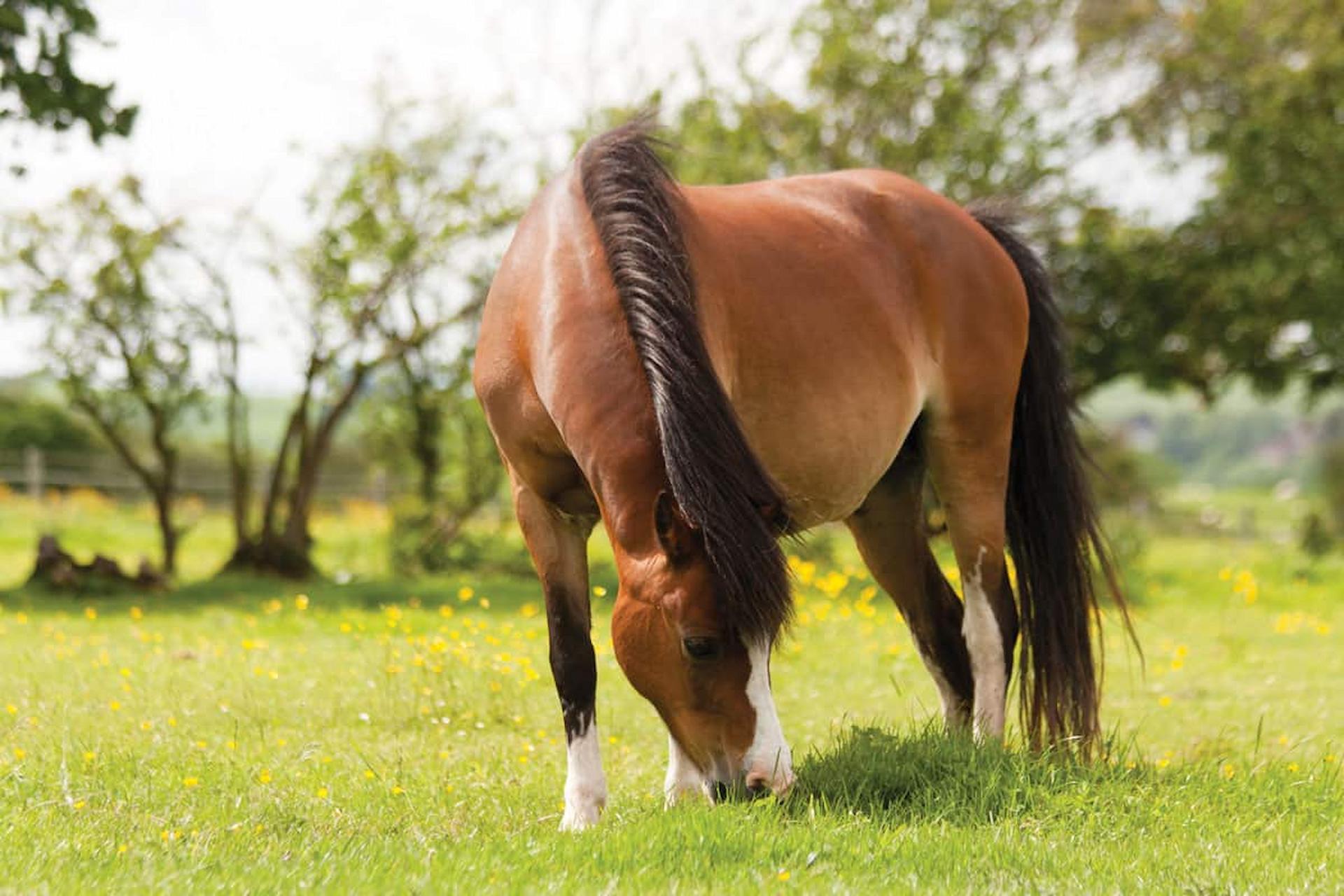During COVD-19 lockdown, due to yard restrictions and competitions being cancelled, many horse owners had to turn their horses away, take shoes off and adjust their routines. In turn, this has resulted in horses losing their fitness levels and many have put on weight. Although it’s tempting to bring your horse in from the field, groom them and take them for a ride, this could be dangerous for you and your horse if too much is asked too soon. Bringing a horse back into work after a long period of time off takes planning and preparation so that the workload can be built up gradually.
How To Define The Fitness Of A Horse
Fitness is really the ability of a horse to be able to do the work being asked of it. The ideal fitness depends on the workload of the horse and the rider’s ability – a super fit horse may not be ideal for a novice rider for example. Horses should also maintain an appropriate body condition score – too much or too little work relative to dietary intake can result in fluctuations in weight that may compromise the horse’s ability to perform.
Increasing Workload and Diet
It’s important that you increase workload before the horse’s diet as this helps to avoid excessive weight gain and over-excitable behaviour. When you introduce either a new horse food or you start to feed your horse more of their current ration, it’s essential that this is done gradually. Supplying energy will depend on what is required from the horse and will need to be in line with their workload and their body condition score. If your horse is losing weight then it is a good indication more horse feed is required to meet their energy requirements.
Other nutrients are essential for performance and even good-doers need them even if they don’t need as much energy. Traditional horse feed such as mixes and cubes are often too high in energy for good doers but alternatives include supplements or balancers. As you begin to work your horse again, additional protein will help to help to build muscle tone. Balancers contain good levels of protein alongside essential vitamins and minerals or you can add sources of protein like alfalfa which is a chopped or pelleted fibre.
When you bring your horse back into work, use body condition scoring to help monitor their weight changes. This will also allow you to adjust their management gradually and you can put a plan together that works for your horse individually.
Muscles
Just like humans, horses become less flexible if they don’t use their muscles in the same way for a while. There are many flexibility stretches and pole work exercises that you can do with your horses to help them to use their muscles correctly again. These stretches and exercises should be part of your fitness programme, which you can plan before you start bringing your horse back into work but remember to add some flexibility just in case things don’t go as you expect. For example, you may need to alter your canter work if the weather has been exceptionally hot and the ground is too hard to canter on.
Warming up and cooling down is crucial for your horse, especially when bringing them back into work. Both are essential for keeping your horse fit and maintaining elasticity in their muscle tone, as well as prevent any injuries to ligaments and tendons.
What To Consider
In the ideal world, getting the fit of your saddle checked could help to reduce the risk of problems and injury for your horse. During lockdown, you and your farrier may have decided to take your horse’s shoes off when reducing their exercise. Therefore, you will need to speak to your farrier regarding their advice about putting the shoes back on before your horse begins work again.
Signs Of Fitness
As you bring your horse back into work and through appropriate and regular training, there are a number of visual signs you can look out for. These include:
- A change in their body shape
- Better muscle definition
- An increase in their willingness and ability to cope with exercise
- Ability to maintain an even and regular rhythm in any gait
- Quicker recovery in breathing after they have finished working
- Less sweating for the same amount of work under similar conditions
Fitness Programme
Your fitness programme can be broken down into three stages for every horse. These are:
- Slow and steady – work to prepare muscles, ligaments and tendons
- Strength and stamina – to improve basic strength and fitness
- Speed and schooling – interval training, jump training, schooling sessions and faster work
Every horse is an individual and the process of bringing a horse back into work should be done with safety for both the horse and rider as the primary concern. For the first 3 weeks you will want to build up walking to include hill work on week 3. Week 4 should be when you introduce short bursts of trot work and short schooling sessions should be introduced by week 5. From week 6-8, you will want to extend your schooling sessions and being to introduce canter work. During this time, you will want to maintain hill work and hacking, plus you can begin to jump over some small fences. Of course, this training plan will depend on the horse as an individual, as well as the level your horse will be competing at.
Hopefully, this guide to bringing your horse back into work after lockdown has given you some helpful tips. If you would like more information about what to feed your horse when getting them fit, don’t hesitate to speak to an equine nutritionist.


